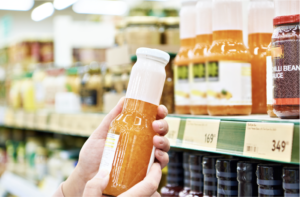In Manufacturer vs Retailer… Manufacturer Wins
Retailer and manufacturer battles have been in the news lately across Europe, with some high profile cases making it difficult for some consumers to buy their favourite brands in store. These ‘conflict de-listings’ often hit a media frenzy when the news breaks and again when the conflict is solved, but who fares best from these standoffs?
A recent paper looks at such a case in Belgium, where a major retailer delisted all brands of a manufacturer for 4 weeks because price negotiations failed. The de-listings affected 47 categories in food, beverages, personal and household care.
During the ‘conflict’, the retailer lost more market share (-9%) in these categories than the manufacturer (-4%). In categories where strong brands were delisted the manufacturer was affected less than the retailer was. The share reductions for both parties were more pronounced for ‘necessity’ than ‘impulse’ categories.
While neither party wins during the conflict, what about the aftermath? When the brands were re-listed, retailer shares quickly returned to their pre-conflict level. But the manufacturer shares did even better – likely because of the media attention and the resulting higher awareness for their brands.
What does it mean for you?
- The saying that ‘there’s no such thing as bad publicity’ seems to apply in this instance – especially for Manufacturers. Creating conflict isn’t a good strategy, but these occasional falling outs may not be as damaging as they seem.
- Consumers will turn to other retailers and other manufacturers for necessity products – conflict avoidance is more important for these categories.
- You’re more likely to recover to pre conflict levels if you have a strong brand.
In the end, both retailers and manufacturers come out of the conflict with a higher share.
Source: S. Van der Maelen, E. Breugelmans and K. Cleeren (2016), “The Clash of the Titans: On Retailer and Manufacturer Vulnerability in Conflict Delistings,” Forthcoming in Journal of Marketing.

















































































































































































































































































































































































































